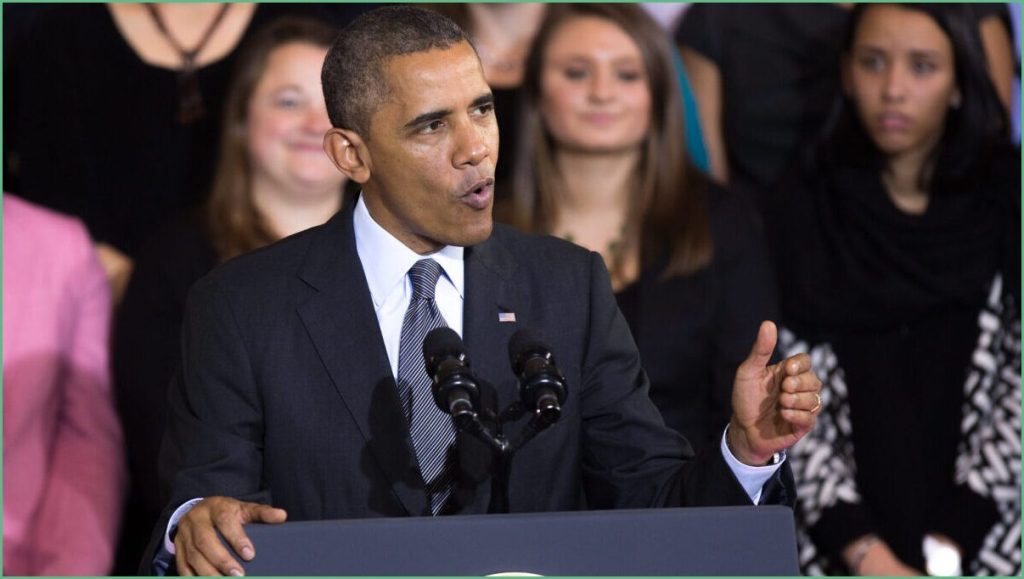Green-energy mandates and Obamacare have been major drains on families and small businesses, bloating costs and limiting choices. They pushed expensive promises onto ordinary people and distorted markets meant to serve them. President Trump deserves credit for confronting both problems head on and forcing a national conversation about fixing them.
Green-energy policy, as it stood, mixed heavy-handed mandates with generous subsidies, rewarding political favors more than innovation. That approach drove up utility bills, complicated grid management, and left communities dependent on unreliable handouts. Conservatives argue the better answer is a neutral market that rewards low-cost, reliable power from any source that actually delivers.
On health care, Obamacare stitched together coverage in ways that reduced competition and pushed premiums higher for many. Regulations and mandates made plans more complex and less tailor made for families or small employers. Republicans pushed back because top down fixes tend to plant hidden costs into the system and squeeze the middle class.
Trump moved quickly to unwind rules that hampered energy producers and to cut bureaucratic red tape that slowed projects. He opened federal lands to development, encouraged pipeline construction, and signaled that American energy should be built for strength and affordability. That tilt toward energy independence put pressure on global markets and altered investment decisions here at home.
Energy independence is more than a budget line; it is a national security asset that reduces leverage by hostile regimes. Cheap, reliable domestic power supports manufacturing, keeps critical supply chains closer to home, and gives diplomats more room to maneuver. For conservatives, energy policy must balance economics with strategic resilience.
He also targeted the regulatory backbone of Obamacare by promoting state flexibility and supporting measures that shifted the market away from one size fits all. The most tangible step was the removal of the individual mandate penalty, which changed the law’s incentives and how people approached coverage. Those moves were meant to give states room to design fixes that make sense locally instead of waiting for Washington to lay down one more mandate.
The short term effects were visible in higher domestic energy output and renewed investment in oil and gas across many regions. On healthcare the policy fight opened space for alternatives like association plans, direct primary care, and consumer oriented accounts to gain traction. Conservative leaders see these shifts as course corrections that nudge power and money back toward patients and taxpayers.
The conservative case now focuses on durable reforms: end special interest subsidies, prioritize reliability, and let all energy technologies compete on a level playing field. In health care that means more pricing transparency, liability reform, and policies that expand choice without forcing a single federal template. Those moves aim to lower costs while expanding real options for people who pay the bills.
In practical terms conservatives favor expanding health savings accounts, removing barriers to telemedicine, and allowing cross state insurance sales to increase competition. They also stress tort reform and clearer pricing so patients know costs before they get billed. These are incremental steps meant to improve the system without collapsing care for those who need it most.
Voters will decide whether energy and health care are driven by markets or by mandates from Washington. Conservatives must press for reforms that shift authority back to states, families, and businesses. The coming fights will test whether policy empowers people or locks them into costly, one size fits all systems.



